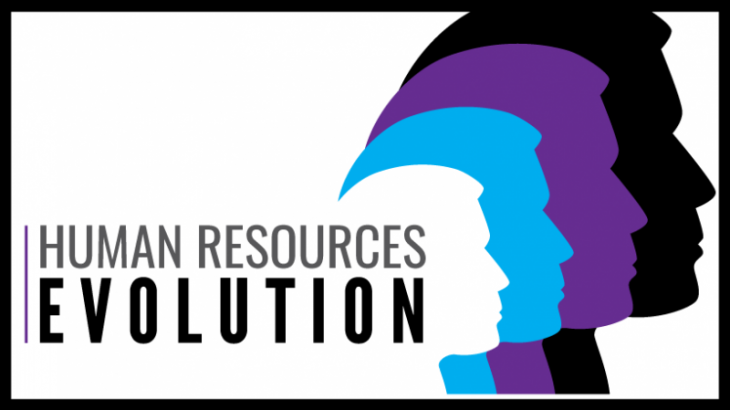Understanding Staffing and Human Resource Management
Human Resource Management (HRM) is an integral part of the overall management process that focuses on the effective use of an organization’s most valuable asset — its people. It is the art and science of developing, managing, and optimizing the human elements of an enterprise by harnessing their knowledge, skills, creativity, and potential to achieve organizational goals.
In simpler terms, HRM ensures that the right people are hired, trained, motivated, and retained to meet business objectives efficiently. The process includes determining the human resource needs of the organization, recruiting and selecting the most suitable candidates, providing them with training and career development opportunities, compensating them fairly, and maintaining healthy relations with employees, trade unions, and government authorities.
When these activities are carried out on a small scale within smaller organizations, they are often referred to as staffing functions, typically managed directly by line managers. However, as organizations grow larger and operations become more complex, the scope of managing people expands significantly. This growth necessitates the establishment of a dedicated Human Resource Management Department to handle specialized employee-related functions professionally.
Evolution of Human Resource Management:
The concept of Human Resource Management has evolved gradually over time. It has progressed from simple labor management to a more strategic and holistic approach to managing people. This transformation can be understood through the following key stages:
1. Industrial Revolution and the Rise of Labor Welfare
The roots of HRM can be traced back to the Industrial Revolution, which brought about large-scale industrial production and the factory system. As industries grew, a massive workforce began operating under one roof, giving rise to issues such as poor working conditions, low wages, and lack of job security.
In response, trade unions began to emerge and advocate for workers’ rights. To maintain harmony and address employees’ concerns, management started appointing Labor Welfare Officers. Their primary responsibility was to look after workers’ welfare, ensure safe working conditions, and act as intermediaries between management and employees.
2. Emergence of Personnel Management
As organizations continued to expand, it became evident that managing workers’ welfare alone was not sufficient. Businesses required specialized personnel to handle recruitment, selection, placement, and employee records. This led to the appointment of Personnel Officers, marking the beginning of Personnel Management as a distinct function.
Personnel officers focused mainly on administrative and operational tasks, such as hiring, payroll, and compliance with labor laws. Their approach was largely reactive and transactional, dealing with employee issues as they arose.
3. The Human Relations Movement
The early 20th century witnessed a major shift in management thought with the rise of the Human Relations Movement. Research by Elton Mayo and others highlighted that employee motivation, morale, and interpersonal relationships played a significant role in productivity and job satisfaction.
This led organizations to view employees not just as laborers but as human beings with emotions, ambitions, and social needs. Training, communication, and employee engagement became essential parts of managing people effectively.
4. The Emergence of Human Resource Management
As business environments became more dynamic and competitive, it became clear that employees were not just a cost to the company but a valuable strategic resource. This realization transformed the traditional “personnel management” approach into a more proactive and integrated system known as Human Resource Management (HRM).
The role of HR expanded from administrative tasks to strategic functions, including workforce planning, talent acquisition, leadership development, performance management, and organizational culture building.
Modern-Day Scope of Human Resource Management
Today, HRM is a strategic partner in achieving organizational excellence. It goes beyond hiring and payroll to encompass a wide range of responsibilities aimed at maximizing employee potential and aligning their goals with that of the organization. The major activities of modern HRM include:
- Human Resource Planning – Forecasting the number and type of employees required to meet present and future organizational needs.
- Recruitment, Selection, and Placement – Attracting and choosing the right candidates and placing them in roles that match their skills and interests.
- Training and Development – Enhancing employee capabilities through structured learning programs and continuous professional development.
- Performance Appraisal and Feedback – Evaluating employee performance and providing constructive feedback for improvement.
- Motivation and Incentives – Encouraging high performance through financial rewards, recognition, and non-monetary benefits.
- Compensation and Benefits – Designing fair and competitive pay structures considering qualifications, experience, and market conditions.
- Employee Welfare and Social Security – Ensuring employees’ well-being by providing welfare facilities, safety measures, and social security benefits.
- Policy Review and HR Audit – Regularly reviewing HR policies and conducting audits to ensure compliance, consistency, and effectiveness.
Conclusion
The journey from Staffing to Human Resource Management reflects a remarkable shift in how organizations perceive and value their workforce. What began as a basic administrative task focused on hiring and record-keeping has evolved into a strategic discipline that drives innovation, culture, and long-term growth.
Modern HRM recognizes that people are not just resources to be managed—they are the driving force behind every organization’s success. By investing in human capital, organizations can foster productivity, adaptability, and sustainable competitive advantage in an ever-changing business landscape.








